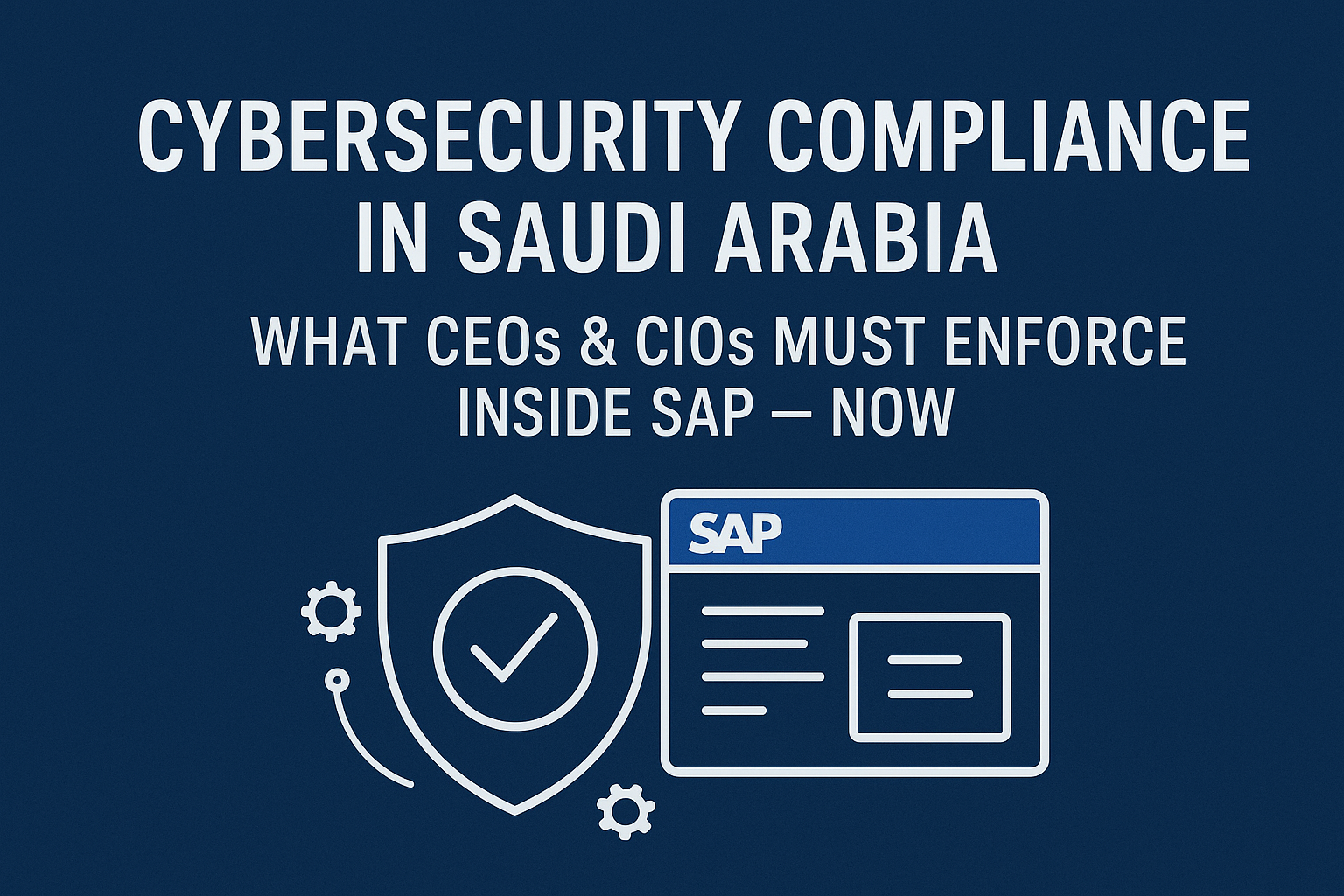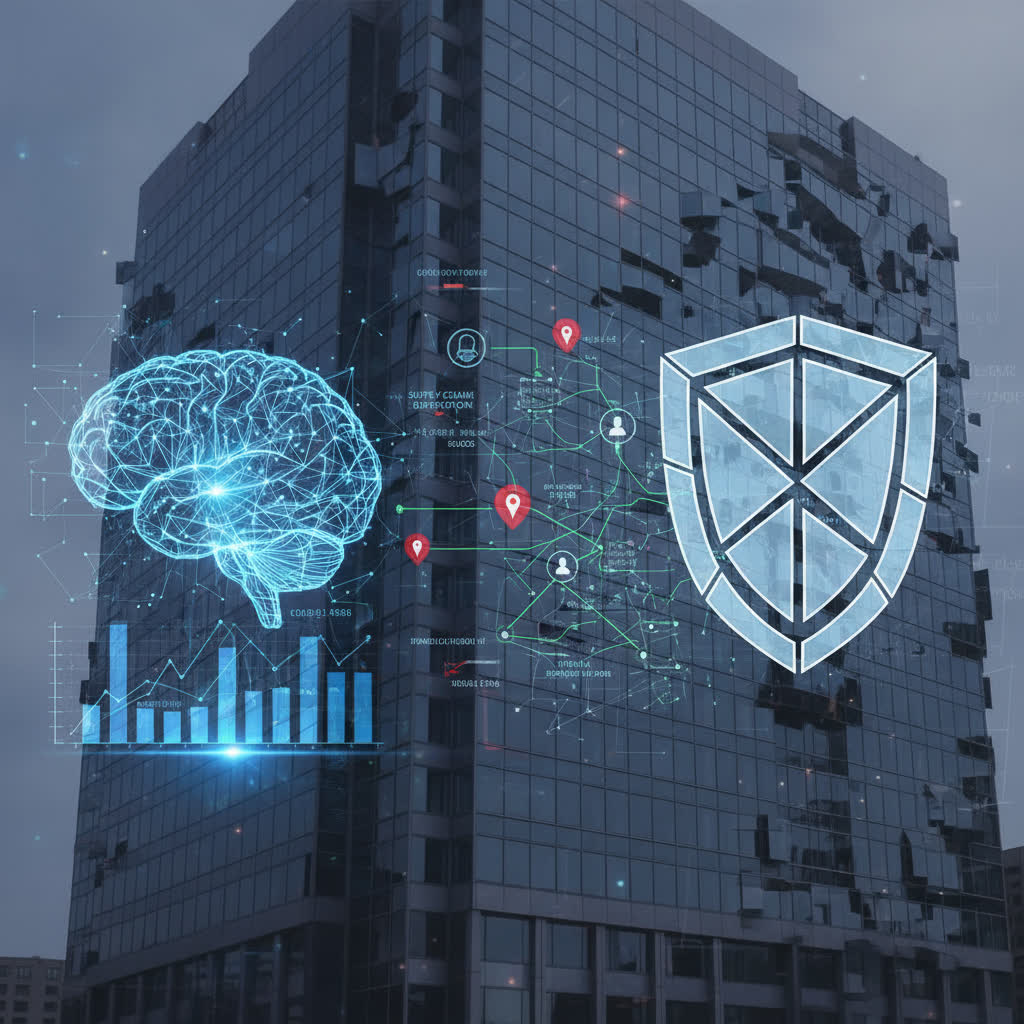For companies that rely on SAP systems to drive critical processes, building an environment that is always audit-ready has moved beyond being a nice-to-have—it's now a fundamental requirement. A robust SAP environment not only streamlines daily transactions and reporting but also lays the foundation for regulatory compliance and risk-resilient operations. Enterprises face increasing expectations from regulators, auditors and industry best practices to keep their SAP landscapes secure and compliant. Given the stakes, organizations are elevating their approach to risk identification by focusing on methodical strategies designed to create audit confidence and business value. In this discussion, discover how systematic risk management and targeted solutions such as the implementation of GRC frameworks and risk analysis services are transforming SAP environments into audit-ready powerhouses.
What Does “Audit-Ready” Really Mean in SAP Environments?
An audit-ready SAP system is characterized by much more than tidy documentation or updated records. In practice, being audit-ready means that every user activity, system change and access right within the SAP landscape has been appropriately controlled, documented and reviewed on a regular basis. Regulatory frameworks such as GDPR, SOX and ISO 27001 set specific requirements for organizations, placing particular emphasis on the governance, risk management and compliance (GRC) capabilities that support both active security and retrospective audit. Consequently, organizations that work toward audit readiness commit to sustained investments in access controls, segregation of duties and risk management processes. This commitment ensures that they can withstand scrutiny at any given time while minimizing business interruptions or costly remediation efforts during an audit cycle.
The Foundation: Methodical Risk Identification
Systematic Discovery of Risks
Methodical risk identification within SAP environments begins with a structured approach to mapping out business processes, workflows, applications and user roles. Risk discovery is not a one-off project—it's an ongoing process that grows and adapts alongside business and regulatory changes. The underlying goal is to shine a spotlight on all potential vulnerabilities, from excessive authorizations to overlooked process exceptions. Once awareness of these areas is established, organizations can move beyond chasing symptoms and instead focus strategically on root causes. This approach helps guard against unexpected findings during audits and secures ongoing compliance.
Mapping Threats to Controls
After identifying potential risks, companies must connect each one to a control mechanism specifically designed for the SAP environment. This often means implementing hard technical measures (such as limiting critical authorizations or deploying monitoring scripts) alongside procedural solutions (including regular permission reviews or defined escalation paths). A systematic risk mapping process ensures that controls remain current as the organization evolves, preventing dangerous coverage gaps and reducing manual workload over time.
The Role of GRC Solutions in Sustained Compliance
Companies aiming to maintain audit-ready SAP environments often turn to the Implementation of GRC Solution as a strategic anchor. GRC, or Governance, Risk and Compliance frameworks, empower organizations with integrated tools that go far beyond the checklist mentality of basic audits. At their core, these solutions centralize policy management, automate monitoring and enforce strict access controls—all while generating tamper-proof logs that can be shown directly to external auditors. By embedding GRC solutions within SAP, companies shift from reactive audit preparation to proactive, continuous readiness. Automated policy enforcement, escalation management and workflow-driven access reviews drive efficiency and reduce human error, laying the groundwork for sustained compliance across business cycles.
Continuous Risk Monitoring With SAP Risk Analysis as a Service
For organizations with complex, multi-layered SAP deployments, periodic risk assessments often prove insufficient in keeping pace with changing threats. This is where SAP Risk Analysis as a Service enters the equation. This proactive subscription-based offering provides organizations with real-time, actionable insights into their SAP risk posture year-round. By automating the identification of segregation of duties conflicts, monitoring sensitive authorizations and flagging anomalies as they arise, companies stay ahead of compliance pitfalls. The value of such continuous risk monitoring grows as businesses expand, merge or pivot to new processes, as the risk analysis adapts to changes without slowing adoption or burdening internal teams with manual reviews. In the eyes of auditors, this diligence serves as a compelling demonstration of embedded risk management and audit preparation.
Empowering Decision-Makers With Reliable Insights
Audit-ready SAP systems do not depend solely on robust technical implementations. Decision-makers must have clear, timely insights that allow them to act quickly on potential issues and demonstrate compliance when asked. Reliable, actionable reporting delivered by GRC tools and risk analysis services helps CIOs, IT managers and compliance officers make strategic improvements and respond confidently to auditor inquiries. With streamlined dashboards, customized reports and trend analyzes, organizations not only satisfy audit requirements but also create a feedback loop for ongoing process improvement. This approach transforms compliance from a reactive burden into an integral part of business strategy, supporting safer innovation and market agility.
Reducing Human Error and Manual Workloads
Automation Enables Efficiency
One of the most significant pain points for organizations managing SAP compliance is the persistent risk of human error and the high administrative burden attached to manual reviews. Implementing GRC solutions and subscription-based risk analysis automates key processes such as access reviews, transaction monitoring and escalation workflows. Automation ensures that repetitive, error-prone tasks become consistent, traceable and much faster to execute. By reducing reliance on individual expertise or overloaded teams, businesses create a secure foundation that is both resilient and cost-effective—qualities highly prized during audits. As business complexity increases, automation scales seamlessly, preserving the audit-ready status regardless of the size or complexity of the underlying SAP landscape.
Ultimately, the value of methodically built, audit-ready SAP systems becomes apparent during external assessments. Regulatory auditors, internal compliance stakeholders and even partners seek transparency, evidence of active risk management and traceability for every critical control. By leveraging advanced GRC frameworks and always-on SAP risk analysis solutions, organizations move beyond minimum requirements. They provide detailed logs, structured remediation histories and authoritative validation that business processes, access and data usage remain within legal and policy boundaries. This approach earns the confidence of external stakeholders while reducing unplanned disruptions and safeguarding brand reputation in a landscape where trust is a precious commodity.





